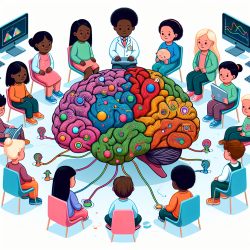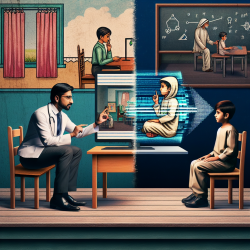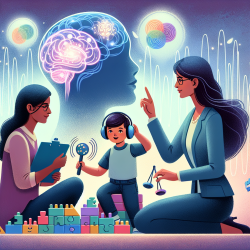Understanding the Imbalanced Subtypes of Autism
The research article titled "Imbalanced social-communicative and restricted repetitive behavior subtypes of autism spectrum disorder exhibit different neural circuitry" provides a groundbreaking perspective on the neural underpinnings of autism spectrum disorder (ASD). This study, conducted by Bertelsen et al., leverages neuroimaging and genetic data to differentiate between subtypes of ASD based on social-communicative (SC) and restricted repetitive behaviors (RRB).
Key Findings and Their Implications
The study identifies three distinct subtypes of ASD:
- SC = RRB: Individuals with balanced severity in both SC and RRB.
- SC > RRB: Individuals with more pronounced SC issues compared to RRB.
- RRB > SC: Individuals with more pronounced RRB compared to SC.
These subtypes are not just behavioral categories but are underpinned by different neural circuitry. For instance, the SC > RRB subtype shows hypoconnectivity in the somatomotor network with perisylvian circuitry, while the SC = RRB subtype exhibits hyperconnectivity between medial motor and anterior salience circuitry. These findings suggest that the neural mechanisms driving these behaviors are distinct and can be targeted differently in therapeutic settings.
Practical Applications for Practitioners
For practitioners, understanding these subtypes is crucial for tailoring interventions. By recognizing the distinct neural pathways involved, therapists can design more personalized therapy plans that address the specific needs of each subtype. For example, interventions for the SC > RRB subtype might focus more on enhancing social communication through activities that engage the somatomotor network, while those for the SC = RRB subtype might benefit from strategies that modulate salience network connectivity.
Encouraging Further Research
This study highlights the importance of data-driven approaches in understanding ASD. Practitioners are encouraged to delve deeper into the neural and genetic underpinnings of these subtypes. By doing so, they can contribute to the development of more effective therapeutic strategies and improve outcomes for children with ASD.
For those interested in exploring the original research further, the paper provides a comprehensive analysis of the neural and genetic differences among the subtypes. This knowledge can be instrumental in advancing personalized medicine approaches in ASD therapy.
To read the original research paper, please follow this link: Imbalanced social-communicative and restricted repetitive behavior subtypes of autism spectrum disorder exhibit different neural circuitry.










